
Do you have a question about the Motorola JT 1000 and is the answer not in the manual?
| Brand | Motorola |
|---|---|
| Model | JT 1000 |
| Category | Portable Radio |
| Language | English |
Procedure for checking radio contents and packaging for damage.
Explains notation symbols used in the manual for safety and care.
Information on radio antenna types, identification, and installation.
Step-by-step guide for installing the radio's battery.
Instructions on how to safely remove the battery from the radio.
Guide for attaching and detaching the belt clip, especially for NiCd batteries.
Identifies and explains the function of radio controls and interface elements.
Instructions for safely removing the universal connector seal.
Details the 15-button keypad layout and its functions for data input.
Explains the LCD display and status annunciators.
How to activate and use the LCD backlight for better visibility.
Explains the meaning of various icons and indicators on the radio display.
Steps to turn the radio on, off, and initiate the power-up sequence.
Describes how channels are displayed and the function of the HOME key.
How to listen for activity on a channel and enter forced-monitor mode.
Steps to receive transmissions, adjust volume, and use the monitor function.
Guide on how to transmit, including PTT usage and microphone technique.
Explains the low battery warning indicators and tones.
Overview of radio features and how they interact with controls.
Explanation of PL, DPL, and carrier squelch modes for filtering transmissions.
How to adjust transmit power levels for different channels.
Introduces features programmable via keypad and display.
Setting up multiple squelch codes for a single channel.
How to enter and navigate the radio's programming menus.
Steps to adjust the squelch level for optimal reception.
How to change the transmit power setting for channels.
Introduction to monitoring multiple channels using scan functions.
Procedures for activating, deactivating, and controlling channel scan.
Detailed steps for programming custom scan lists.
How to use Quik-Call II for selective paging and alerts.
Using DTMF for phone access, control, and communication.
Bypassing repeaters for direct portable-to-portable communication.
Features that control transmission based on channel activity and squelch.
Limits continuous transmission time to prevent overheating or abuse.
Communicating with a PAC・RT vehicular repeater system.
Configuring channels that only receive, not transmit.
Using single tones for encode-only signalling.
Details about alkaline and NiCd batteries compatible with the radio.
Proper procedures for charging NiCd batteries.
Guidelines for the safe and environmentally responsible disposal of batteries.
Lists international facilities for recycling NiCd batteries.
Catalog of available accessories like antennas, batteries, and chargers.
Lists approved microphones, carry cases, and straps.
Factors affecting radio transmission range and signal quality.
Table detailing features assignable to the 3-position switch.
Instructions for cleaning and handling the radio to prevent damage.
Precautions for safe operation, including RF exposure and general safety.
Further details on intrinsic safety and hazardous atmosphere operation.
Legal limitations on adjusting or maintaining the radio.
Information on Motorola maintenance services and authorized repair centers.
Basic troubleshooting steps before seeking service.
Details on the optional extended service plan for product repair.
Contact details for product support and service inquiries.
Information on obtaining replacement parts for the radio.
Legal notice regarding copyrighted software used in the radio.
Information on patents covering the radio product.

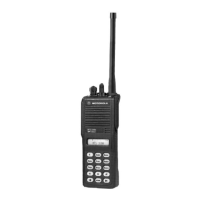

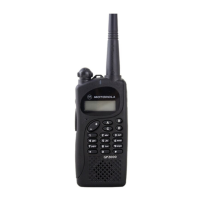

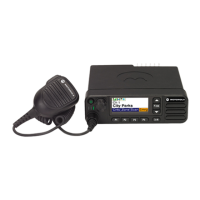

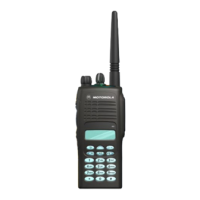
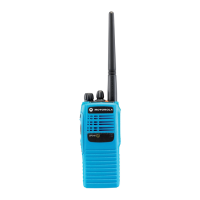
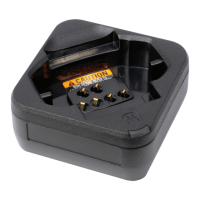
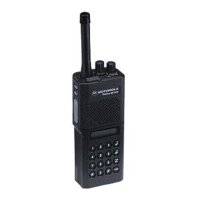

